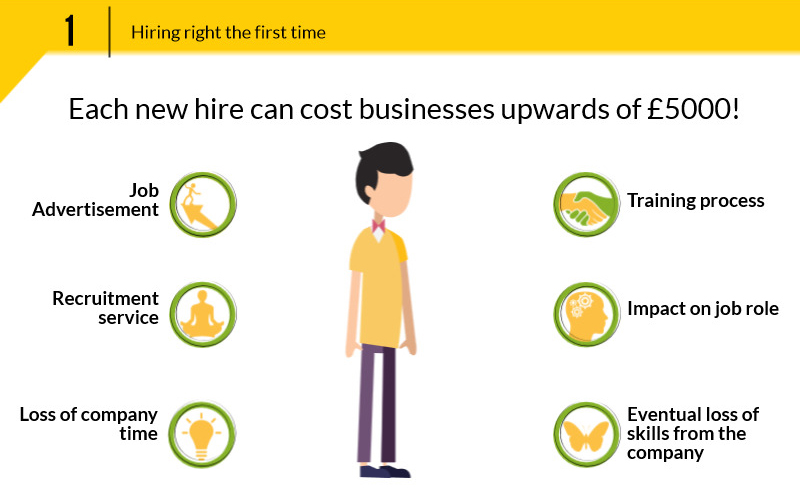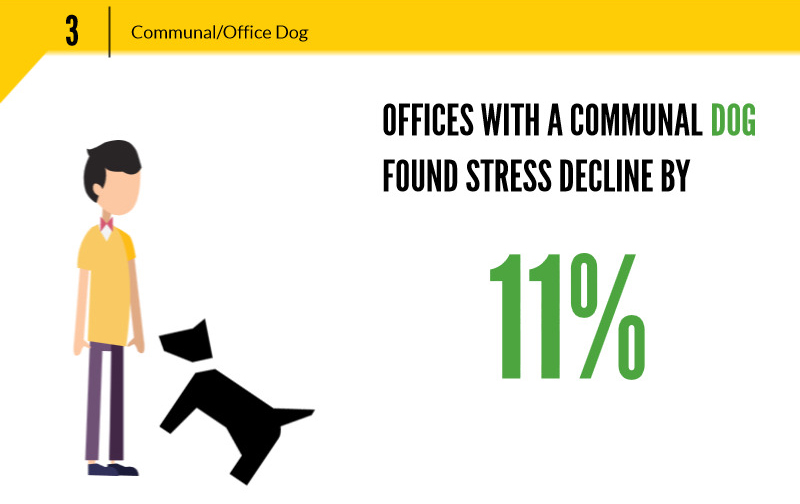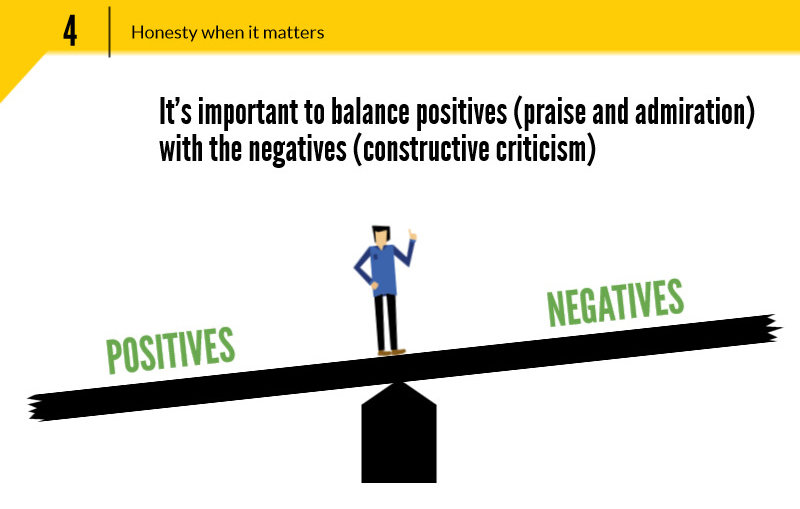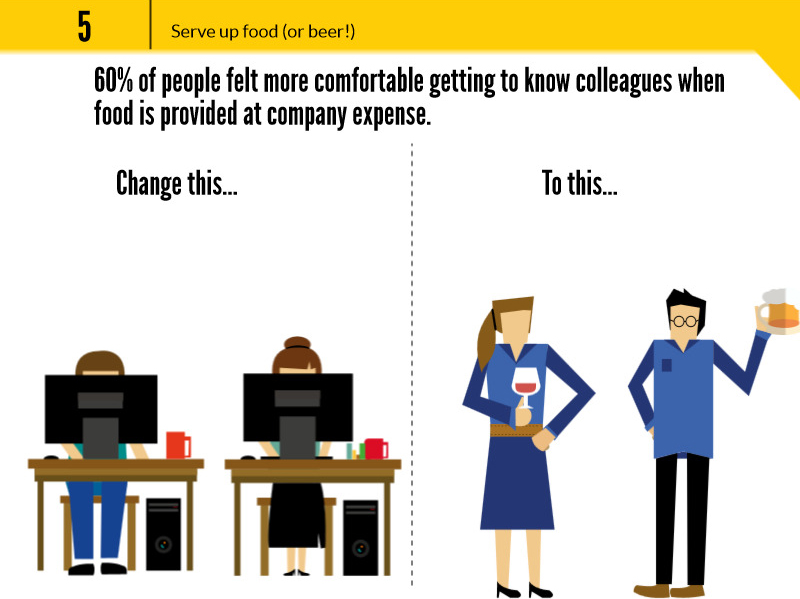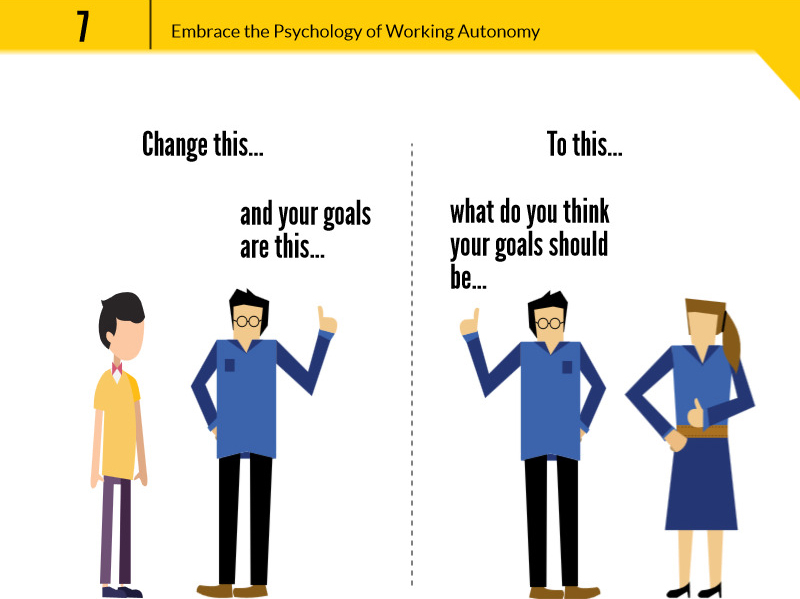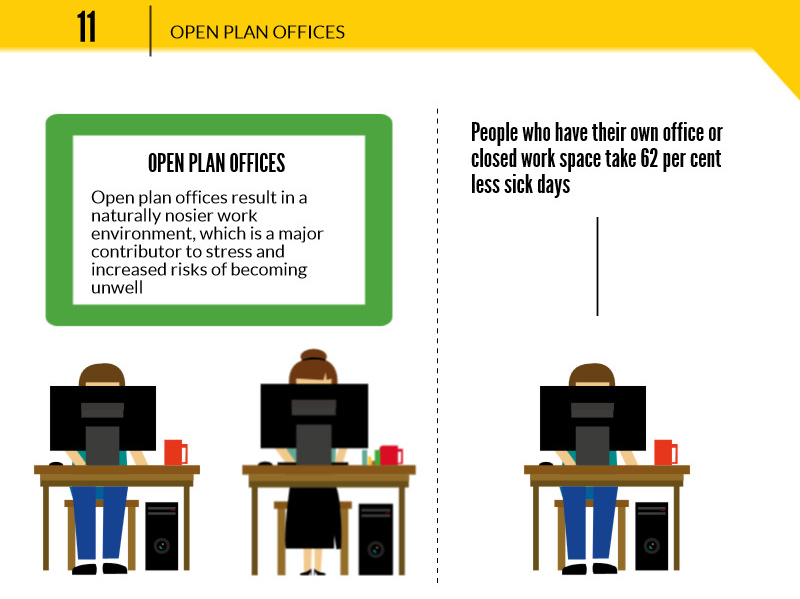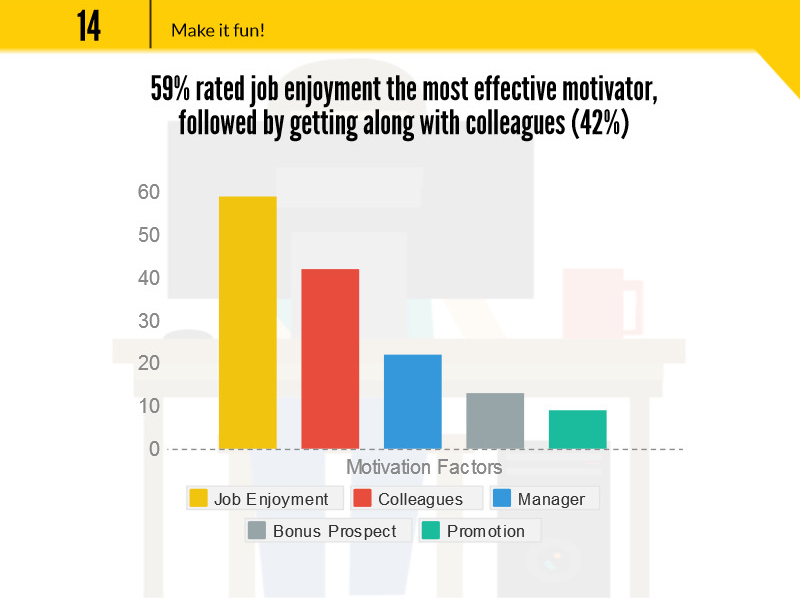Let’s face it when you have a happy employee who loves coming into work, you know you’re doing something right. Whether you’re a multi-national money making machine or a small business hustling on with 2 – 3 employees, a motivated workforce can be a critical factor to your success.
As many great men and women have said, ‘It is not thee who is great, it is they that surround thee that is great’.
With a crushing economic outlook and tough business competition, it can be hard to keep employees riled up and ready to go. The even bigger bad news? Employees can only really motivate themselves, and there is often little a manager can do to cultivate high morale amongst workers.
Luckily, as a business owner, we can try to remove the many common pitfalls that lead to a demoralised and demotivated workforce. Whether it’s the stress of day to day life, poor communication or quite simply boredom, eradicating these symptoms out of your business can bring the balance of morale back in your favour.
From the dog that makes people talk to the company that pays you $2000 to leave, here’s how to banish boredom, get employees talking and hunt out the causes of stress in your business.
Hiring right the first time
The first step in ensuring you have a motivated workforce is, as simple as it may sound, hiring the right employees. As noted by Henry David Thoreau – ‘”Do not hire a man (or woman) who does your work for money, but him (or her) who does it for the love of it.”’ – it is important that you find someone who is invested in your business for more than money and has additional motivations or desires.
Of course, employees will say almost anything to get the job. A well versed employee will know all the answers that make you tick and therefore separating the career motivated from the money motivated, is never as easy a task as you might first think.
The importance of hiring right the first time is made particularly relevant by the fact that each new hire can cost upwards of £5000! This may seem a little excessive, but when you consider: initial advertising (job advertisement, recruitment service), loss of company time (interview process), training process (again, company time, money), impact on job role (both good and bad) and eventually the loss of skills from the company, all this can really add up!
One of the first companies to really place prominence on hiring effectively was the online ecommerce store, Zappos. Their whole growth story is a truly fascinating read but, for emphasis on the blog title, we’ll focus on their employee recruitment strategy.
After realising the sheer huge costs involved with repeatedly hiring new customer service reps (one of the lowest staff retention rates) over and over, Zappos decided to make a revolutionary change in their hiring process. They developed a strategic process that aimed to weed out the money motivated employees who resulted in a high turnover rate.
How did they do it? This may seem a little crazy, but they offered them money TO LEAVE the company. Insane right?! The idea was that as soon as the employee has completed the training phase of their recruitment Zappos offered them a $2000 ‘get out, stay out’ clause!
Zappos realised it was much cheaper to pay the worker off on the first day, than wait 6 weeks for them to walk anyway. Costing them more time, more money, staff shortages and worst of all, leaving them with irritated customers.
So did it work for Zappos? Well, not only do they have one of the leading customer service strategies in the USA, but they grew their sales to over $6 billion in 9 years and now regularly receive over 30,000 applications for customer services job roles! Amazing right.
Now I know this may be a highly unrealistic strategy for most businesses, yet it gives you an idea of how much importance some of the most successful start-ups are placing on hiring the right employees.
With a massive 45% of UK householders owning some kind of pet, wouldn’t it be great for a study to show us how dogs for example, can improve the morale and productivity of our workers? Well, luckily for us it has! A recent study carried out by the International Journal of Workplace Health Management has found, workplaces that allow employees to bring their dog to work can protect workers from stress, increase their job satisfaction and improve the company support and commitment!
The study didn’t stop with these results either, they went on to find that dogs in the workplace not only improved communication between staff, but helped nurture lasting positive relationships between colleagues. Workers without dogs even offered to walk and keep after other employees dogs during busier work hours!
Although the idea of dogs in the work place may seem more like a distraction than a positive work motivator, further research taken has shown that 79% of people have been stressed at work in the past year and that covering the costs of stress related illnesses is becoming a major problem for Small Businesses. Not only is stress causing workers to go off work sick, but the added pressure of extra work being passed on to other workers is amplifying the effect further.
Could a dog in your workplace cut stress and help motivate your employees? The research seems to suggest so…
Communal Dogs
So maybe you’re resisting from the idea of 40 dogs turning up tomorrow? Possibly you like your cleaners too much to present them with all that dog hair? Whatever your issue, accepting the positive impact of a dog friendly workplace and actually getting the policy in place is another! Plenty of employees will push back against the idea of a dog friendly workplace, with issues like allergic reactions and dog phobias, so you may need to start small before rolling a policy out company wide.
One company who started small is Studio Verve, an architecture company based in London. Although they didn’t find the idea of a companywide dog friendly policy suitable for them, Tiger, the long haired Jack Russell, was an attempt to improve employee morale and motivation in a business industry where high stress is often met by tight deadlines.
Instead of being a distraction from the highly charged world of construction, Tiger has been something of a godsend in terms of therapeutic stress relief and (believe or not) marketing potential!
In an interview with CNN, director Vivian Chan said “Architecture is quite stressful, so having a dog around is very therapeutic,” “After we have a phone call with a difficult contractor, for instance, sometimes we just talk to Tiger about it. You can’t really be all that serious when Tiger is jumping between chairs.”
Could a communal or office pet be an idea to improve your employees morale and reduce stress? The possible benefits? Up to 11% decline in stress during the later stressful hours in the day.
Critising employees is hard. You don’t want to rock the boat when it’s not always necessary and when it comes to motivating employees, negativity doesn’t jump out as the cog that gets the wheel turning. Yet, as it turns out, being honest with employees can have an enormous impact on how people feel in their job security. In fact, research taken by the University of California – has shown that respect and admiration ranked higher as a motivating factor than money.
Although a little admiration can go a long way, praising employees for their good work (positive reinforcement) needs to be balanced with criticism (negative reinforcement). Further research has shown that constantly praising employees wears off rather quick, and for admiration to have any real impact, it has to be met with a dose of honest criticism.
When you’re a small business it’s critical you have a team that works well together. It’s too easy to fall for the flaws in poor communication and having colleagues who don’t like each other is a prime factor behind job insecurity. Quite often the reason behind poor colleague communication is they simply don’t know each other!
One study that has shown real promise, as an affordable way to get colleagues to know each other better, was a group food study by Seamless. The results showed that 60% of colleagues felt more comfortable getting to know each other in an environment where food was provided by the company. All colleagues can get behind free food, right?!
Another idea is Beer Friday – a number of companies have introduced this in the US and involve colleagues airing successes, sharing stories of the week and even outing grievances! Although that last one should be taken with some care. At least initially.
For nearly all Small Businesses, defining our first impression in all aspects of our business is absolutely critical. I mean think about it, we are constantly redesigning our marketing strategy to make the first impression that counts and when it comes to customer service, we constantly lecture our staff on the importance of getting it right the first time!
Yet, when it comes to our own employees are we missing a trick? Over 90% of employees decide whether to stay at a company in the first 2 months and if we don’t make the right first impression, our new employee could be planning to leave before they’ve even really started!
As you can imagine then, getting the right onboarding strategy can be critical. If an employee feels they want to leave early on, it’s only going to feed into a lack of motivation and any attempts to crush stress or eradicate boredom will prove completely fruitless.
One company that has taken the above and beyond route with their onboarding strategy is the tech company, Intel. Working in the tech industry is highly competitive stuff and retaining their highly skilled staff, from the sniffing headhunters, is a real threat to their business.
As a strategy to improve their employee retention rates, Intel have dedicated greeters who embody the spirit of the organisation and who are charged with introducing employees to the organisation. The role of these greeters is to ensure colleagues feel welcomed, make appropriate GIFT purchases for new employees and develop a culture of a second home in the workplace.
There is very little Intel won’t do for their new staff and new hires can expect a one to one, hands on experience where they can meet everyone from the janitor to the CEO!
Get it right first time and you’ll save yourself problems later.
Embrace the Psychology of Working Autonomy
A big part of motivating employees is learning what tasks can be set by our employees and letting them develop a sense of autonomy.
For many managers, giving self-chosen goals to employees is particularly hard as it tramples over our own sense of autonomy and as a small business it can be especially hard, as it directly effect something that is physically ours.
Yet, when it comes to motivating employees and encouraging a sense of self-worth, study after study has shown how allowing employees to set their own goals and settle their own tasks is the greatest motivator of them all. In fact, research gathered by University of Kentucky has shown that autonomy among workers is a powerful motivator and delves into the intrinsic psychology of being part of something you have made all on your own.

This is going to be controversial. I can already hear you screaming “Noo, my business will grind to a halt!” but let me explain.
I’m sure I don’t have to tell you how much time email sucks from our daily lives. In a recent study by Mckinsky, research found that company employees spend a mind blowing 28% of their working day reading, replying and sorting emails.
That is a huge period of time drawn from our working day, but even worse is the revelation that 63% of email, is taken up by internal mail.
Huge swathes of company time are being taken up by rambling conversation chains that are, at best trivial!
So what are the benefits of banning internal mail? Well firstly it will get your employees talking face to face. But won’t that take up more time? Yes and no. Email has become a lazy tool. A tool that is often taking up more time than a face to face conversation as we adapt, retract and add our critiqued thoughts to a huge CC list.
Put yourself in an employee’s shoes. Quite often when you’re replying to an email, there is a vast number of CC’d recipients. It can be like replying to the whole company sometimes! Now imagine the pressure an employee feels when their whole mailbox is bleeping for a response. Can you feel the stress building up?
A recent study at tech company Atos, found that 82% of employees felt they couldn’t keep on top of their email and this added pressure to the job. Of these 82%, the majority felt email was a complete waste of time and added no value to their work.
After these findings, the CEO Thierry Breton went on to launch a ‘zero email initiative’. Two years later, the company is now looking to expand their ‘Zero Email’ strategy, planning to diminish and eventually altogether remove other unproductive and stress inducing business practices like meetings and even PowerPoint slides!
Encourage Social Media Adoption
Ok, so I’ve just detailed the negatives and urged you to shut down the time vacuum that is email. How could I then possibly go on to say social media can boost productivity and potentially reinforce a team and the quality of work from colleagues?
Well, a recent study by Garter Inc. found that 46% of businesses believe social media can be a tool to increase productivity and improve employee engagement.
Tim Berget, Global Director of HR at AB Ensymes says “businesses need to change the way they approach a companywide social media policy. Do you want to control or stimulate?”
A great example of a company led social media campaign, involving employees was an attempt to reduce Turnover Rate by Nordic business, Tuppaware. After becoming aware of the startling effects of a high turnover rate in their sales department, Tuppaware decided to run a social campaign starring members of their sales team. They campaigned with general Facebook Posts, Twitter Posts and even went as far as developing videos and hosting radio shows. The results? After a year they found turnover rates had been reduced by 15%!
To those bosses who are cutting access to Facebook, it may be time to think again.
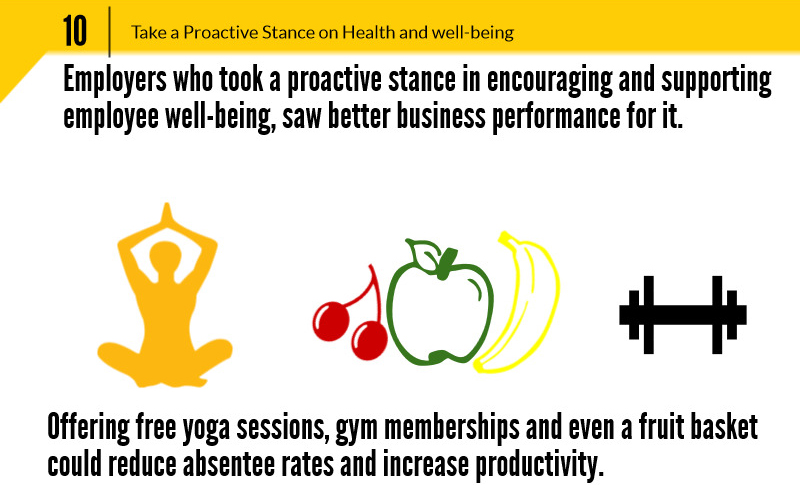
Taking a stance on employee health and offering schemes to improve colleague well-being has been shown to play a key role in motivating employees. Researchers from the Confederation of British Industry found that employers who take a proactive stance in encouraging and supporting employee well-being, saw better business performance for it. Not only can you expect low absentee rates, through a reduction in illnesses, but the report has also found that businesses can expect an overall higher productivity rate.
Interestingly, the report also notes on the employee reaction to finding out they had health and well-being incentives. Nearly all felt more inclined to support the business after feeling like the business supported them and their health.
Of course – health and well-being incentives can be quite expensive. Three affordable options recommended by The Guardian are Yoga (for its documented stress relief possibilities), Office Chiropody (foot problems make up a high percentage of absenteeism) and even offering a free basket of fruit!
Open Plan offices seem like a great factor to combat a lack of motivation in employees. They are open, thus you should have better communication between colleagues and better communication should hopefully mean a better team working environment. Both these things can be the key to having high morale in the workforce. However research by several different studies has shown that open plan work offices can actually have a negative effect towards employee stress levels and overall motivation.
Data covered in the Scandinavian Journal of Work, Environment and Health has shown that people who have their own office or closed work space take 62 per cent less sick days than their open office counterparts, while Quartz has also reported that open plan offices result in a naturally nosier work environment, which is a major contribution to stress and increased risks of becoming unwell.
While open plan offices may also seem like a great place for peer to peer work checking and thus increased productivity, research by Virignia State university has revealed that open plan offices are generally much less productive than their closed counterparts.
Afford Employees Flexible Work Hours
Getting the work – life balance right for your employees is critical. To those small business owners who think having employees in at 7 am and out at 7pm is benefitting your business, the research says you’re most likely wrong! A recent study found that 76% of employees felt tired most days and even 15% of those admitted to falling asleep at work once a week. Further to this, research by the IBM Smarter Workforce found that the best way to improve employee output, job satisfaction and employee retention was to offer flexible working hours.
Flexible work hours mean offering employees the chance to decide their start and finish times (autonomy!), working from home and even reducing the overall hours they work. They found that choosing your own starting hours gave you more time to sleep (and thus improve productivity) and they also found that working from home one day a week significantly increased your chances of receiving a promotion.
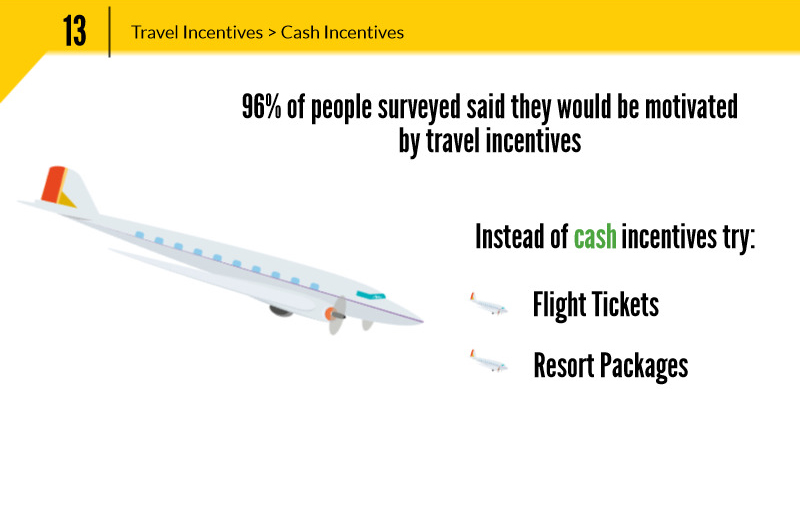
There’s a lot of chatter about bonuses. Are they good for employees, are they bad? Do employees simply become accustomed and eventually expect bonuses? Can you afford to make cash incentives? These are all very valid concerns for small businesses, but the fact is incentives like bonuses have repeatedly shown that they can motivate employees.
For many though, cash payments are just too expensive. Luckily, research by Site Global has found that non-cash incentives, when proposed in the right form, can have an even greater effect on motivation and productivity than cash incentives.
They study found that travel incentives, particularly things like plane tickets or resort packages, (which can be bulk purchased early) were very motivating for employees, with over 96% of people surveyed said they would be motivated by travel incentives.
As you can see by the above 13 tips, each has an element of fun or at least tries to eradicate some of the less fun aspects of work. Whether you invite in a cheeky dog to make people smile, or offer employees the chance to join you for a beer, only you really know your employees and each of the above tips will be situational to you.
Whatever you do, make it fun. In a recent study by the Institute of Leadership and Management, they found that cash bonuses, promotions or higher salaries rarely had any effect on motivation, with employees opting instead for a fun work place – with fun colleagues 59% of the time.
Are you using any of these motivation hacks in your business? What do you find motivates people in your business?

